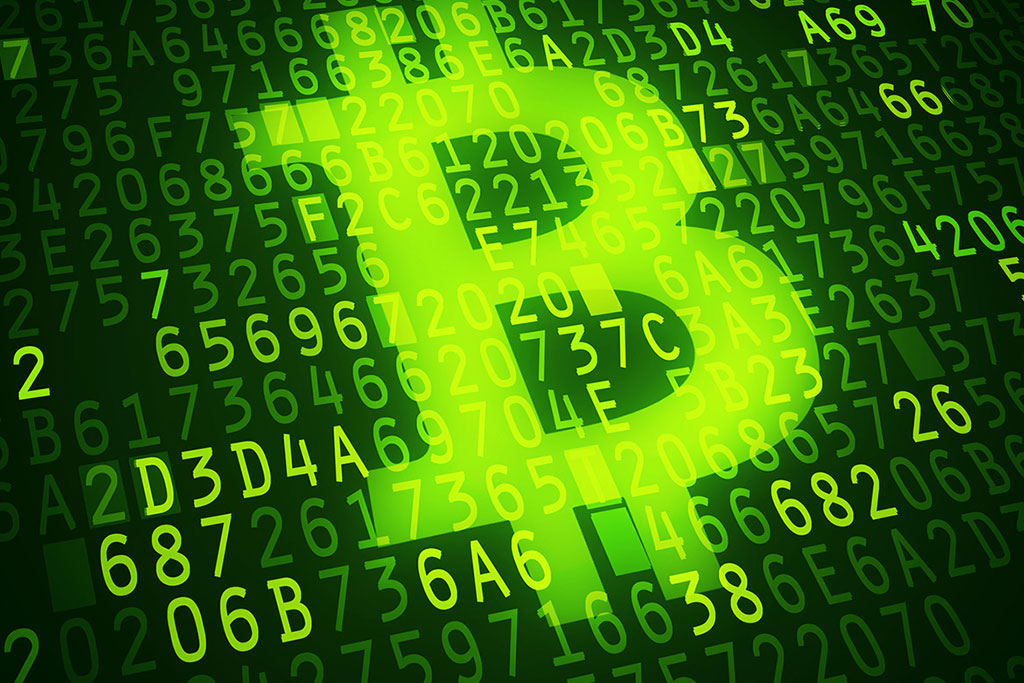Coinspeaker
Bitcoin Core Implements Full-RBF to Ensure Transaction Replacement
Bitcoin Core developers have made a significant move by adopting full replace-by-fee (full-RBF) as its default for v28.0. Legendary Bitcoin developer Peter Todd announced the news on X, stating that it took him 11 years to achieve the feat. For context, the RBC policy allows users to replace pending unconfirmed transactions with new ones. Noteworthy, the replacement always has a higher transaction fee.
Understanding the Bitcoin RBF Policy in BIP 125
This policy stemmed from BIP 125, as a feature in the Bitcoin protocol. It came with the release of Bitcoin Core version 0.12.0 in February 2016. This feature affords users the flexibility to speed up their transactions or even modify the fee in reaction to network constraints.
While the action is usually taken intentionally to hasten transactions repainted, at some other times, it is an oversight. For example, one BTC user paid a staggering $3.1 million to transfer 139.42 Bitcoin last November. At the time, this marked the eighth-highest of such exorbitant fees in all of Bitcoin’s history. It turned out that this user paid 119,980 times the usual transaction fee.
Ultimately, the RBC policy is leveraged for fee bumping, cancelation, or updating transactions. Noteworthy, the pivot to full-RBF is very crucial and marks a milestone. Ordinarily, BIP 125 permits disabling the RBC but with full-RBF, users are guaranteed access to constantly replace transactions.
For more than 10 years, conversations and debates about full-RBF have enveloped the Bitcoin landscape. This is due to Bitcoin’s long-known conservative nature towards significant change. Todd strongly believes that miners stand to benefit reasonably from this particular change, especially due to profit maximization.
Another perk of the full-RBF policy is its capacity to mitigate legal risks. This could arise as a result of unconfirmed double-spends. In a bid to also uphold the security of the system, full-RBF slows down propagation to help eliminate the risk of an attacker pulling off a double-spend. It is also capable of increasing privacy just by making it difficult for blockchain sleuths like Chainalysis to deanonymize transactions.
“I think the #1 thing it took was forking Bitcoin Core for years with full-RBF peering code; #2 being token protocols accidentally creating an auction market paying thousands of dollars in fees to full-RBF miners,” the Bitcoin developer explained.
Bitcoin Price Improves after Market Crash
In other related news, Bitcoin has seen a slight price recovery following the crypto market crash the previous day driven by several factors.
On Monday, the virtual asset market in Korea experienced an unexpected downturn. Beside this Korean market crash, a couple of other factors triggered Bitcoin’s price dip. This includes the unemployment rate in the United States which rose to its highest level in nearly three years.
The situation caused panic about a potential economic downturn and ultimately pushed investors to do away with risky assets like Bitcoin and altcoins. At the time of this writing, BTC traded at $55,008.41 with a 7.09% increase.
Bitcoin Core Implements Full-RBF to Ensure Transaction Replacement





